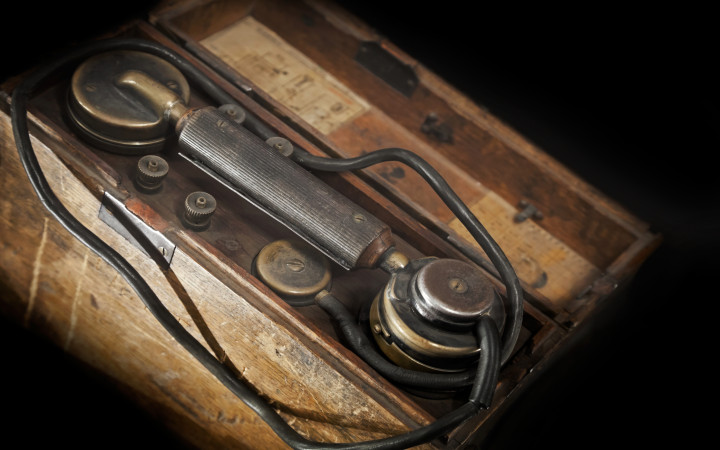Today’s Wonder of the Day was inspired by Kasi from Lincoln, NE. Kasi Wonders, “Who were the Navajo code talkers?” Thanks for WONDERing with us, Kasi!
What do you think of when you hear the word “warrior”? Do you picture armored knights on trusty steeds? Brave fighters carrying swords and shields? Maybe you think of samurai or ninjas.
In American Indian cultures, warriors have held a special place in society for thousands of years. Their nations have relied on them to protect their homes and land from invaders—those from European nations and, later, the United States.
But warriors in American Indian Nations have always done much more than fight. They train to serve their communities from a very young age. Warriors become strong—physically, mentally, spiritually, and emotionally. As adults, they care for those around them in any time of difficulty.
Still, warrior traditions have also inspired some American Indian citizens to become soldiers. Despite the long history of persecution by the United States, members of American Indian Nations have bravely offered help to the U.S. military many times during war. One of the most well-known instances of this was when a group called the Navajo Code Talkers came to the U.S.’s aid during World War II.
When the U.S. entered World War II, it needed a way to protect its military communications. Germany had its own code, called Enigma. It was very difficult to crack before Alan Turing did so in 1941. How would America come up with an even stronger code?
A veteran of World War I named Philip Johnston had an idea. He thought Navajo would make a strong code language for World War II. While Johnston was not an American Indian himself, he grew up on a Navajo reservation in Arizona. That’s how he knew that the language wasn’t commonly written down. It was mainly used to communicate orally.
Additionally, very few people spoke Navajo. This was largely due to many years of attempts by the U.S. government to wipe out American Indian languages and cultures. The chance of Axis soldiers knowing the Navajo language was very low.
Johnston shared his idea with the U.S. Marine Corps. Soon, 29 native Navajo speakers joined the Marines to set up the code. The Navajo recruits could code, transmit, and translate a message in about two-and-a-half minutes. This was much faster than sending other coded messages.
So what exactly was the Navajo code? In all, it included 411 coded words. The system used word association. That means Navajo words stood in place of some military terms. For instance, “ca-lo,” the Navajo word for “shark,” was used in place of the word “battleship.”
The Navajo code also used an alphabet system. That means some Navajo words stood for letters. Together, the letters spelled out English words in the coded message. For example, the Navajo word “moasi” means “cat.” In Navajo code, it stood for the letter “c.”
In total, 400 native Navajo speakers became Code Talkers during World War II. During the battle of Iwo Jima alone, they sent over 800 messages. The Navajo Code was never cracked by enemy forces.
However, most people didn’t know about the Navajo Code Talkers until 1968. That’s because their work was classified, so it was kept secret until that year. Even the Code Talkers themselves weren’t allowed to talk about the work they had done. That made it very difficult for them to heal from the traumas of war, especially while facing racism and other hardships after returning home.
Later, all 29 original Navajo Code Talkers were awarded the Congressional Gold Medal. In total, 44,000 American Indians helped the U.S. in World War II, and many of them were Code Talkers. Codes were also created in the Comanche, Choctaw, Hopi, and Cherokee languages.
The Navajo Code is well-known for sending secret messages safely. How would you code secret messages? There are plenty of ways to do so. Many codes use other languages or even math! Many strong codes have been used throughout history—but few have been as unbreakable as the Navajo Code.
Standards: C3.D2.His.2, C3.D2.Civ.2, CCRA.R.4, CCRA.L.3, CCRA.L.6, CCRA.R.1, CCRA.R.2, CCRA.R.10, CCRA.SL.1, CCRA.SL.1, CCRA.W.4, CCRA.L.1, CCRA.L.2




